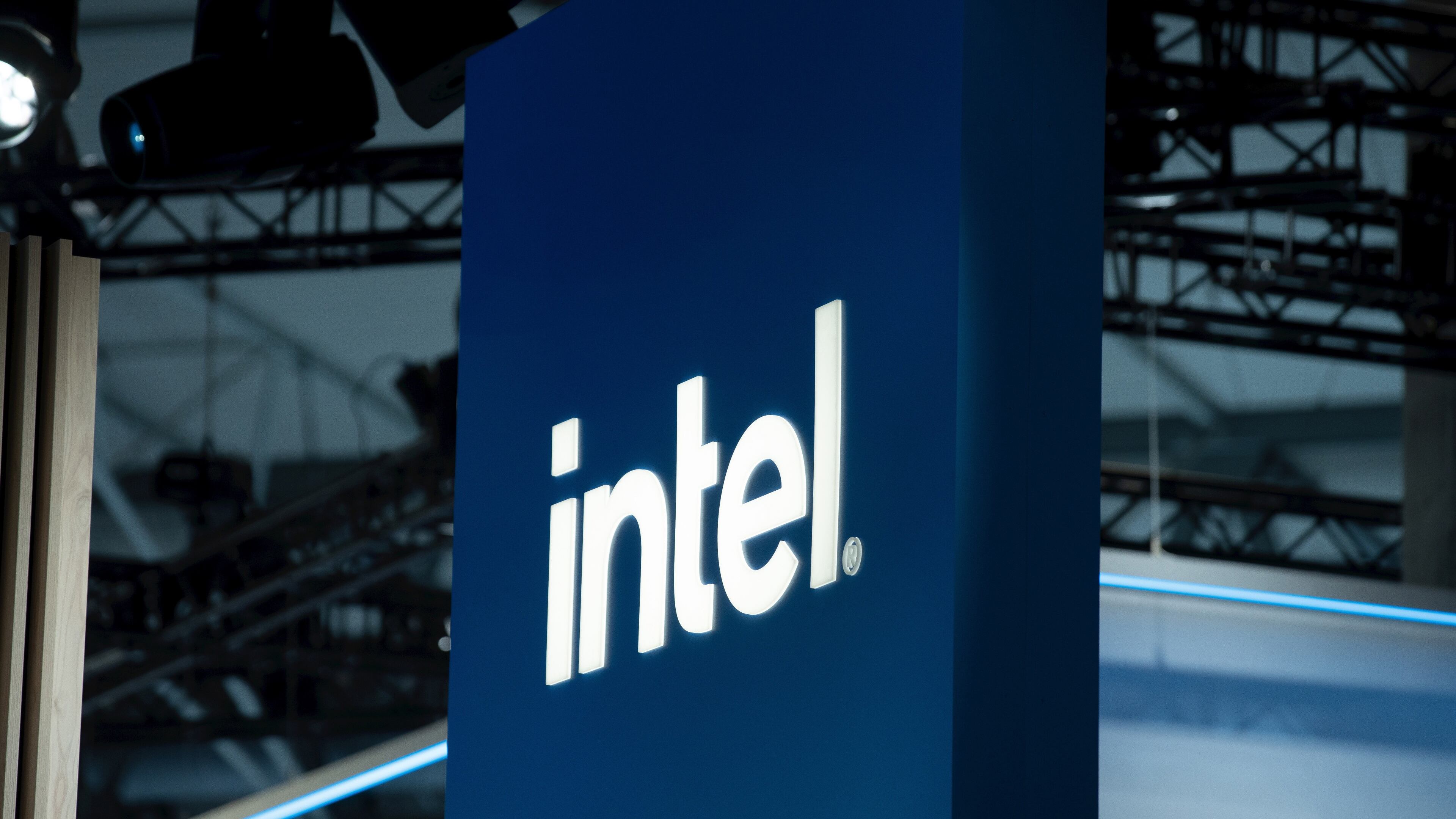The possibility of the US government taking around 10% of Intel in exchange for CHIPS aid would mark a historic shift from subsidizing “national champions” to becoming their shareholder.
The move, not yet officially confirmed, comes after weeks of political pressure on the new CEO, Lip-Bu Tan, and raises questions about management independence, factory roadmap, and the reinvigoration of local manufacturing.
PUBLICIDAD
What would the operation be like?
According to reports, the conversation involves transforming around 10.9 billion dollars in grants - aimed at commercial and military production - into an approximate 10% equity stake.
At current prices, that package is equivalent to around 10 billion dollars. Intel did not comment and the White House did not respond, so the final scheme (amount, political rights, possible restrictions) remains up in the air.
Why now?
The rapprochement occurs after a meeting between Donald Trump and Lip-Bu Tan, marked by the president’s public demand for the CEO to resign over alleged links to Chinese firms.
At the same time, the administration has pushed for unconventional agreements in semiconductors (including a “commission” on external chip sales) and rare earths, seeking greater sovereign control over critical supply chains.
What does Intel gain (and what does it risk)?
A state entry as a shareholder could give some oxygen to the foundry business - currently operating at a loss - and provide some political coverage while trying to attract clients to its new plants.
The potential cost: increased scrutiny on investment decisions, tensions with an already strained product roadmap, and the risk of the market interpreting the operation as a hidden bailout rather than a competitive boost.
What is the White House looking for?
More than a financial return, the government aims to anchor advanced productive capacity on American soil and safeguard supplies for defense.
The political cost is evident: interventionism that borders on the limits of the free market, possible friction with private investors, and the need to outline a clear exit—as was the case with public participation in GM after the crisis of 2008-2009.
Market signals
Intel’s stock fell around 3.7% after the report, having risen the previous week due to expectations of federal support.
The dominant reading: if the State enters the capital, it is because the competitive position is weaker than it seemed or because the industrial policy objective outweighs short-term profitability.
The industrial front: Ohio and Company
Under the previous management, Intel secured nearly 8 billion dollars for plants in Ohio and other states. With Tan, the plan shifted to a “demand-driven” approach, slowing down key projects.
That pragmatism could clash with the administration’s urgency to accelerate local manufacturing, especially if the government now also sides with the shareholders.
What is still pending confirmation?
There are no details on whether the eventual participation would bring a seat on the board, specific vetoes, investment goals, or permanence clauses.
It is also not clear how it would impact future export licenses, the relationship with major clients, and the balance between commercial business and defense contracts.
What’s coming?
If the agreement progresses, Intel would gain financing visibility and political cover; in exchange, it would accept greater public oversight in strategic decisions. If it falls through, the government could still condition CHIPS disbursements on strict milestones and maintain regulatory pressure.
In both scenarios, the message is the same: industrial policy has returned to the center of the semiconductor business... and this time, with the State willing to take a seat at the table.
